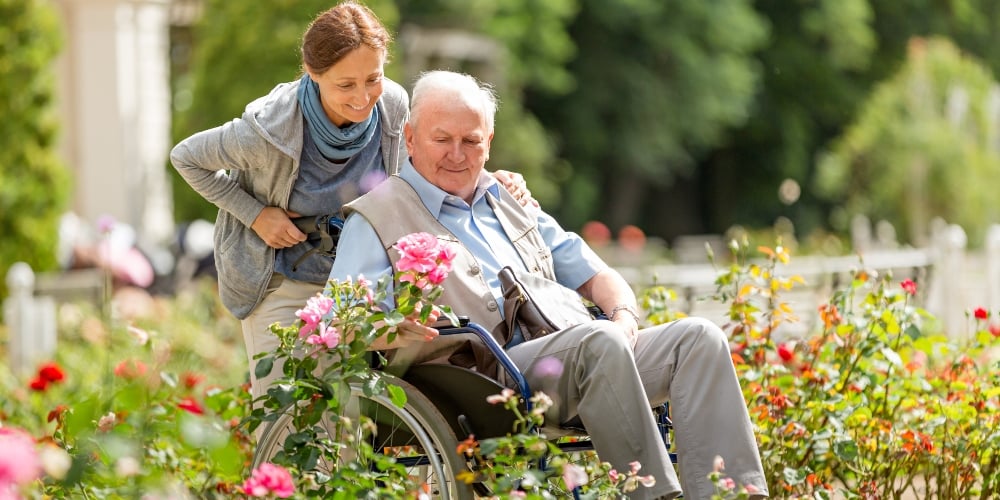
If you are providing care to an older parent who lives an hour or more away, you are one of roughly 7 million long-distance caregivers in the U.S.
Being a long-distance caregiver is very different than being a primary caregiver. The responsibilities focus more on coordinating, researching, and communicating rather than cooking, cleaning, and chauffeuring. However, it is still a vital, challenging role.
To deliver the best help from a distance, consider these three tips.
1. Banish Assumptions
Don’t assume you already know the needs of your parent and their primary caretaker (which might be your other parent, a sibling, or another family member). Also, don’t assume you’ll never be able to figure them out.
Talk to them both and find out what their pain points are:
- Is it scheduling all the necessary medical appointments and then keeping them?
- Is it getting irregular projects done around the house — cleaning the gutters, cleaning the carpets, tuning up the HVAC?
- Is it just getting time for your parent’s caregiver to have a break?
Those are all things you can arrange. You can make appointments and add them to a shared calendar. You can research and hire companies to do home maintenance work, at which point you can take it on yourself to start keeping a home maintenance log. You can find a respite center or plan a regular visit yourself.
The point is to find a place to start. Don’t worry if it isn’t as much as you’d like or as much as another family member is doing. Once you get involved, more opportunities will come.
2. Learn the Medical Situation
The primary caregiver will likely be making a lot of small medical decisions, but it’s important that you and other family members stay up to speed on your loved one’s big-picture health status.
This will not only help you to anticipate current and future needs, but it also eases the burden on the primary caregiver to know that, when big decisions come around, there will be informed people they can lean on for advice and support.
The first step in this process is to get educated about your loved one’s condition:
- What behaviors make it worse?
- Which make it better?
- What are warning signs that something is wrong?
- What is the normal progression of the condition — which would give a clue as to what needs are likely to arise next?
Although the internet can be a good source of general information, at a certain point you’ll need to hear from your loved one’s doctor. If you have written permission from your loved one, their doctor can talk to you about their medical care.
It’s best to have one point person talking to all the doctors, however. If that person isn’t you, ask whoever it is to get that information. You can focus on making it easy to communicate health updates with the family by putting together an email list or phone/text tree.
3. Visit with Purpose
When you are able to visit your loved one, your inclination might be to come with a to-do list big enough to need its own suitcase. Pack lighter than that.
Talk to your loved one and their caregiver ahead of time. Figure out the top item or two they’d like your help with. Come with one or two items of your own.
Be realistic so that you don’t cause undue stress on yourself or your loved one. Because more important than any task on your list is actually spending time visiting. Staying connected to family helps improve everyone’s sense of well-being, and that sense of well-being is associated with healthier, longer life spans in older adults.
So “just” hanging out is actually just what the doctor ordered.
Plus, your visit gives the family member caregiver a break and allows them time to refresh and take care of themselves. The ability to step away is pivotal to reducing caregiver burnout and is one of the greatest ways you can help an aging parent who lives far away.
Finally, when you visit, make use of your fresh set of eyes. Gradual physical and mental declines can be overlooked by daily caregivers. As someone who doesn’t see your loved one daily, you will be able to notice declines in function and mental capacity.
For more information about caregiving and how to make the best decisions about your aging loved ones, download our free e-book Signs It’s Time to Start the Search for Assisted Living.





